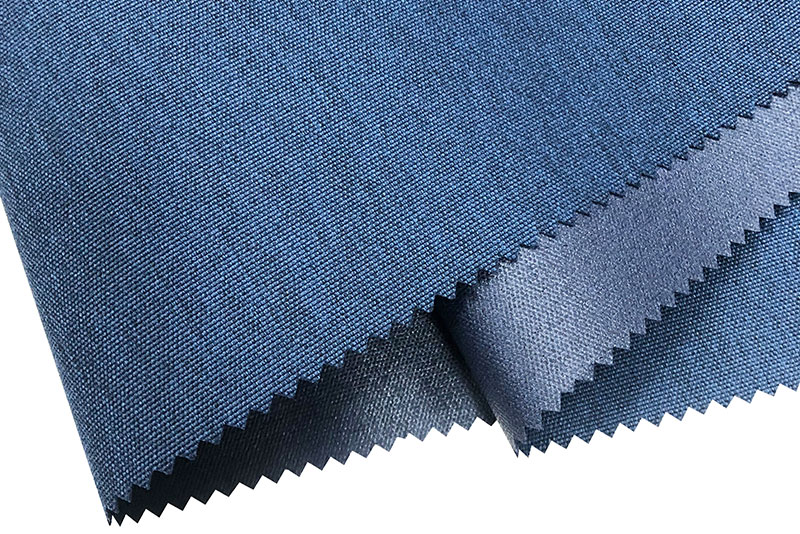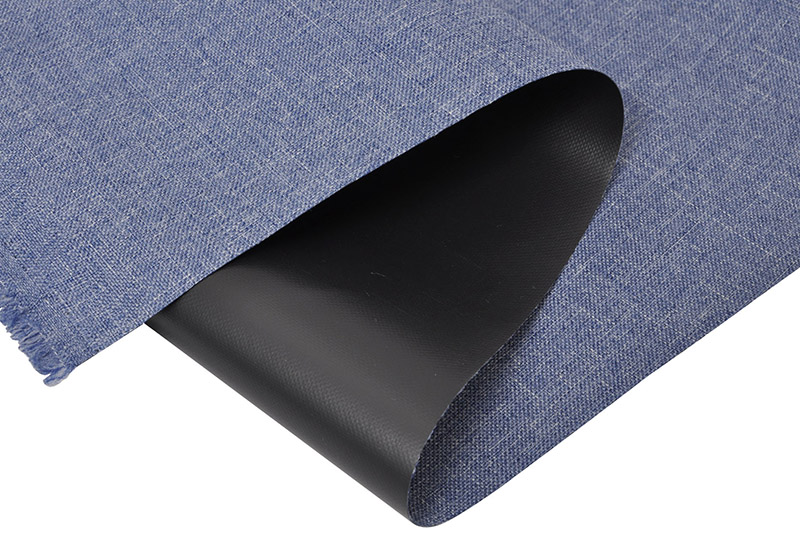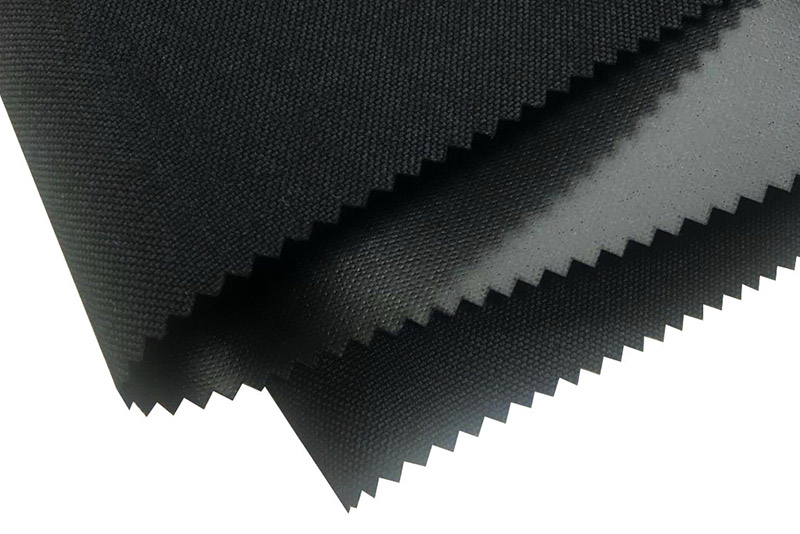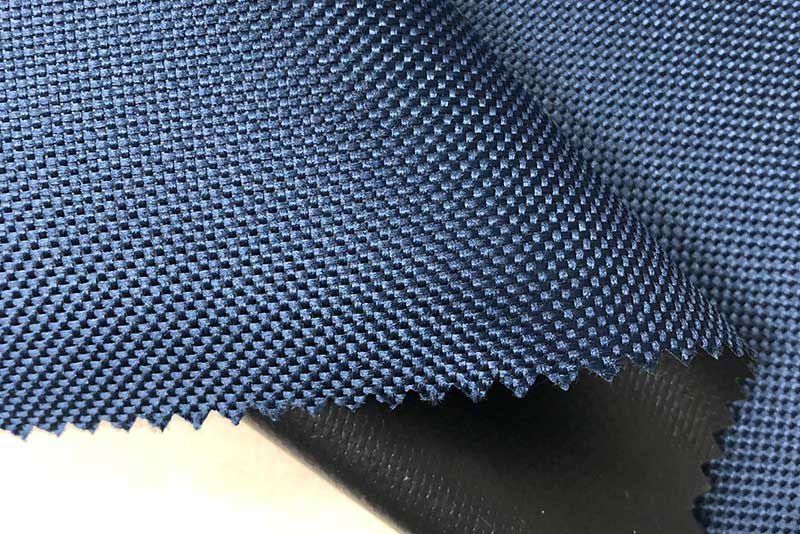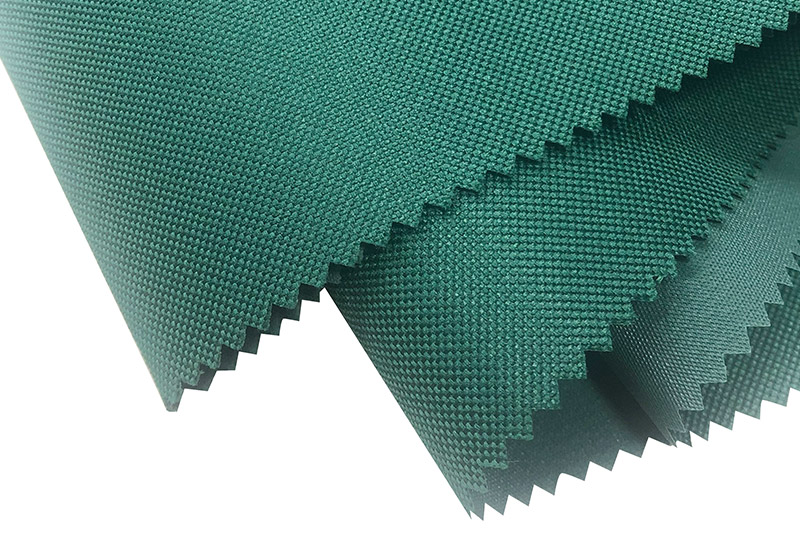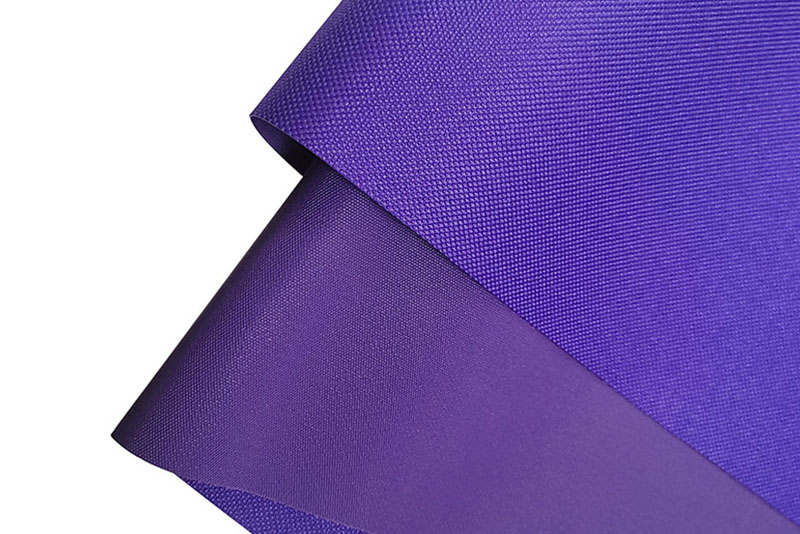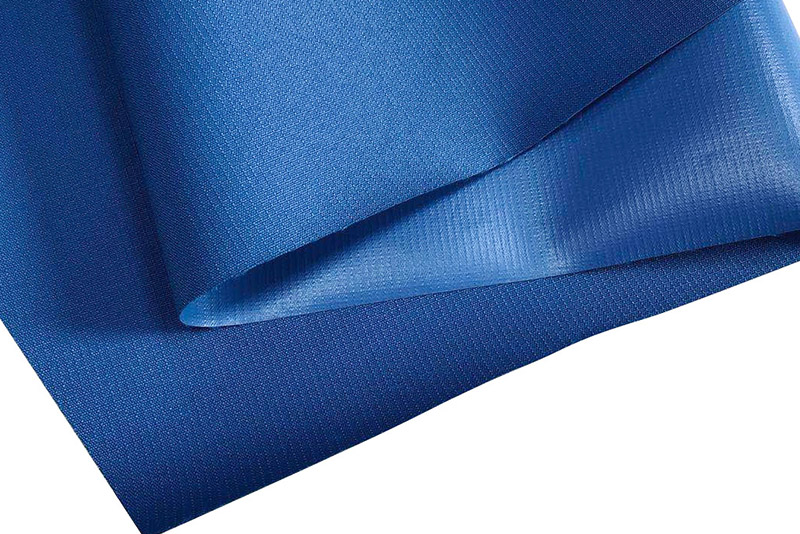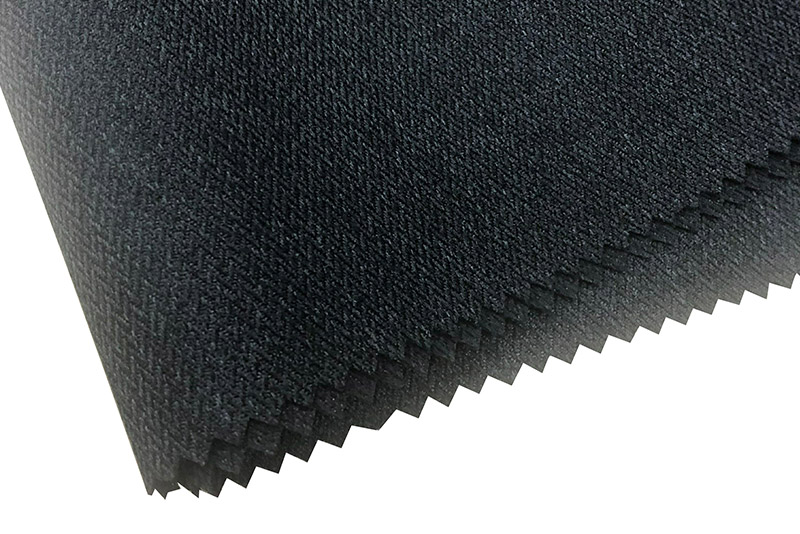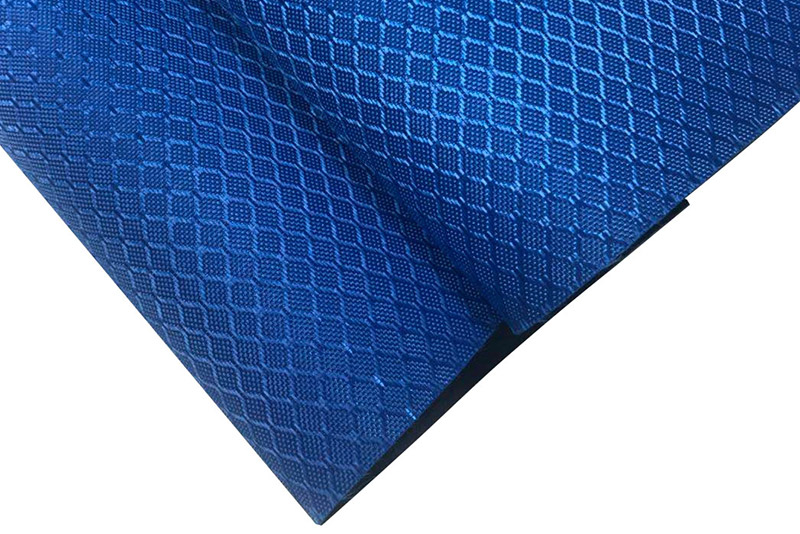Look around. The durable bag carrying a student’s textbooks, the protective cover on the furniture during a move, the sturdy canopy shielding a parking lot of cars from the sun, and the versatile tent housing adventurers in the mountains. These seemingly disparate items share a common, often overlooked, foundation: DTY Polyester Oxford Fabric. This material is a quiet titan in the textile industry, a workhorse engineered for resilience, utility, and affordability. But what exactly is this ubiquitous fabric, and what combination of its components and construction grants it such remarkable versatility and endurance?
The name itself is a precise description of its anatomy. To understand its prowess, we must deconstruct it word by word: DTY, Polyester, and Oxford Weave.
First, Polyester refers to the base polymer. As a synthetic fiber derived from petroleum, polyester is inherently endowed with a set of superior properties. It is exceptionally strong for its weight, resistant to stretching and shrinking, quick-drying, and highly resilient to abrasion and chemicals. Most importantly, it is hydrophobic – it repels water. This makes it an ideal candidate for any application exposed to the elements or requiring moisture resistance. Polyester provides the fundamental strength and environmental resistance that is the backbone of the fabric.

The next component, DTY, which stands for Draw Textured Yarn, is the engineering marvel that elevates the fabric from being merely functional to being high-performing. Not all polyester yarn is created equal. In its initial form, polyester filament is smooth and straight, which can result in a fabric that feels slick, looks shiny, and is less cohesive. The DTY process involves mechanically texturizing these straight filaments. This texturing introduces tiny loops, crimps, and curls along the length of the yarn, dramatically increasing its volume and elasticity.
The benefits of using DTY are transformative. The textured structure creates thousands of tiny air pockets, significantly enhancing the insulation properties of the final fabric—a crucial factor for bags and covers. It also gives the yarn a softer, more cotton-like feel, improving the hand feel and reducing the synthetic gloss often associated with polyester. Furthermore, the textured nature of the yarns allows them to grip each other more tightly during weaving, resulting in a denser, stronger, and more durable fabric construction. It also better hides seams and stitches.
Finally, the Oxford Weave is the distinctive construction method that defines the fabric’s classic appearance and structural integrity. A basket weave variant, the Oxford weave typically follows a 2x1 or 2x2 pattern, meaning two warp yarns are woven over and under two weft yarns. This creates a characteristic checkerboard-like pattern with a slightly raised texture that is both visually identifiable and tactily perceptible. The key advantage of this weave is its exceptional durability and resistance to tearing. The thicker yarns and the robust weave structure make it far stronger than a plain weave of comparable weight. It is also a relatively loose weave, making it an excellent base for coatings and laminations, as these treatments can easily penetrate and bond with the fabric.
The synergy of these three elements creates a material of formidable utility. However, the performance is often further amplified through a range of post-weaving finishes and treatments. The most common is a polyurethane (PU) coating applied to one side of the fabric. This coating renders the fabric completely waterproof, a critical enhancement for outdoor gear, tarps, and umbrellas. Another treatment is laminating a vinyl film to the back, creating a material that is not only waterproof but also easy to clean and highly resistant to dirt and mildew—ideal for furniture covers and certain types of protective luggage. For aesthetic and practical purposes, the fabric is also available in a myriad of colors and patterns, often achieved through robust solution-dyeing processes where the color is embedded in the polymer before the yarn is extruded, ensuring exceptional colorfastness and UV resistance.
The applications of DTY Polyester Oxford Fabric are a direct testament to its engineered properties. Its most visible use is in the luggage and bag industry, where it provides the perfect balance of strength, abrasion resistance, and light weight for backpacks, duffel bags, and rolling luggage. The automotive sector uses it for car covers, interior trunk liners, and seat organizers. In home and garden, it is the material of choice for furniture covers, storage solutions, and protective tarps. The outdoor and recreational market relies on it for tents, canopies, awnings, and picnic mats. Its use even extends into promotional items like branded totes and industrial settings for protective gear covers.
In an increasingly eco-conscious world, the environmental footprint of synthetic textiles is rightly scrutinized. While derived from non-renewable resources, the durability of DTY Oxford fabric is, in itself, a form of sustainability. A product that lasts for years, resisting wear and tear, does not need to be replaced frequently, reducing waste. Furthermore, as a polyester-based product, it is technically recyclable. The industry is also exploring bio-based precursors and more efficient recycling methods to close the loop.
In conclusion, DTY Polyester Oxford Fabric is a masterpiece of textile engineering. It is not an accidental material but a deliberate synthesis of polymer science, yarn technology, and weaving craftsmanship. Its unassuming appearance belies a complex structure designed for maximum performance. It answers a global need for a material that is strong yet lightweight, waterproof yet breathable, durable yet affordable, and versatile enough to serve from the summit of a mountain to the daily commute. It is, without a doubt, one of the most crucial and successful functional fabrics of the modern era.



 English
English 简体中文
简体中文 русский
русский Español
Español